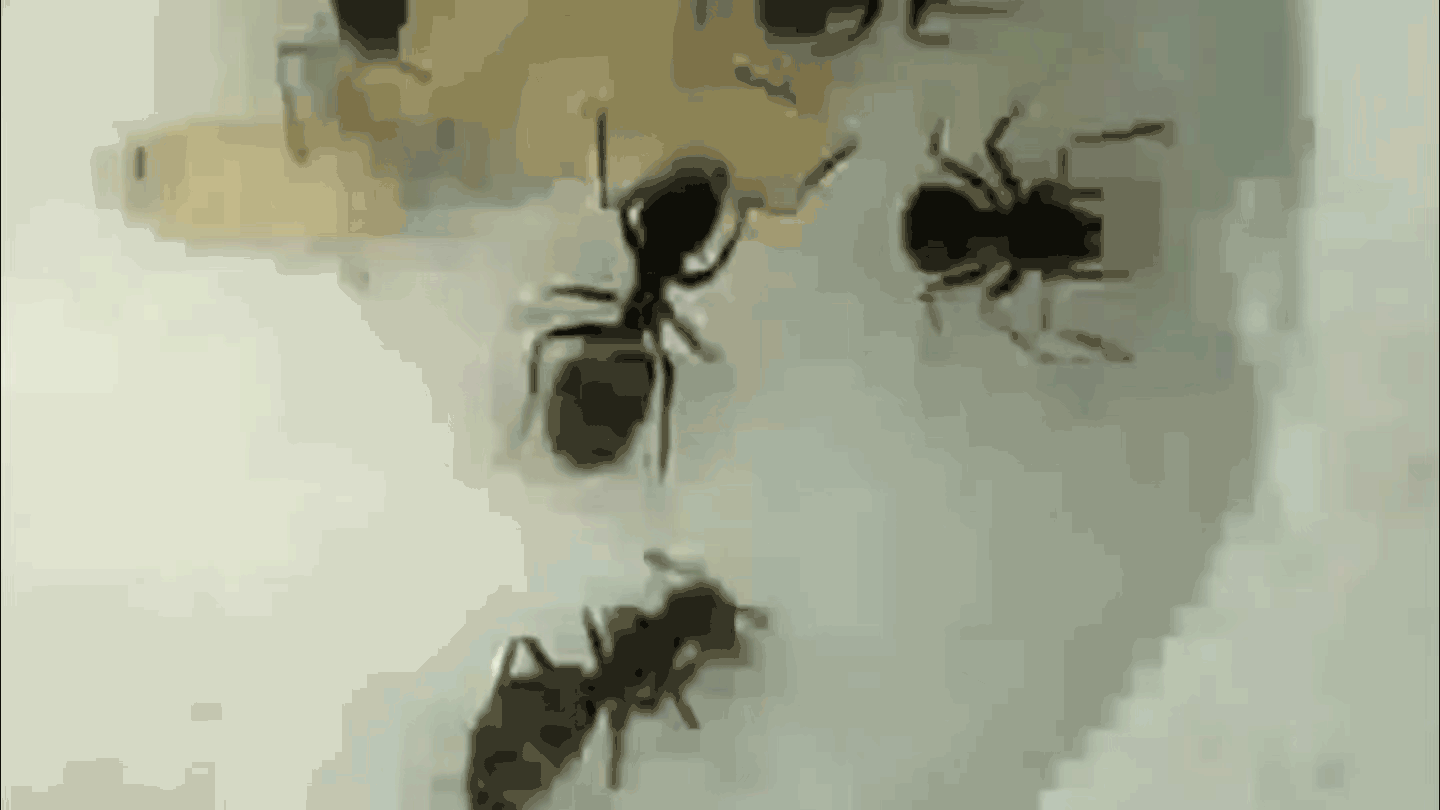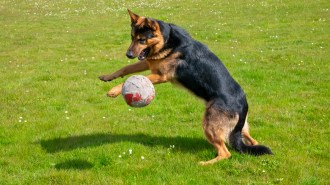During their fall migration season, certain sparrows sleep only about a third as much as they do at other times of the year, but they manage to keep up their performance on tests of learning, a new lab study indicates. Outside the migration season, however, birds with disrupted sleep slump in learning tasks.

Niels C. Rattenborg of the University of Wisconsin–Madison and his colleagues say in the July Public Library of Science Biology that this finding of no-cost sleep deprivation is “unprecedented.”
“It might give us clues to the function of sleep itself,” says coauthor Ruth Benca, also of the University of Wisconsin. She suggests that such research might someday lead to ways for people to cut back on sleep without getting slow-witted.
“It’s a unique study,” comments sleep researcher Irene Tobler of the University of Zurich. “We know relatively little about sleep in birds,” she says, adding that sleep during migration has been especially puzzling.
Birds and mammals show similar sleep patterns: Both have rapid eye movement (REM) and non-REM sleep. However, many songbirds journeying up and down the Americas fly mostly at night and forage during the day, so scientists have suspected that during migration, birds get by on little sleep.
In the fall, white-crowned sparrows (Zonotrichia leucophrys gambelii) fly some 4,300 kilometers from their breeding grounds in Alaska to their winter homes in southern California. Rattenborg and his colleagues moved wild birds into the lab and outfitted them with tiny sensors that detect brain waves. Researchers monitored eight birds for a year.
Even though the laboratory maintained a constant temperature and a 12-hour light-dark cycle, the birds showed classic migratory restlessness in spring and fall. Instead of staying quiet after lights-out, the birds woke up after a few hours and hopped around, even arching and flapping their wings while still on their perches. However, says Rattenborg, “they don’t seem to crash during the day and take a power nap.”
The brain sensors confirmed that during the hours of migration-season nocturnal restlessness, both hemispheres of the birds’ brains were active. This finding undermines an old hypothesis that a migrating bird can fly with only half its brain awake or maybe does some version of sleepwalking on the wing, says Rattenborg.
To learn how sleep changes affect the sparrows, the researchers gave eight birds without sensors lessons in pecking buttons in a certain order—such as left, right, center—to get a food treat. In lessons during a 3-week stretch of the migratory period, the birds learned with about the same efficiency at the beginning and end of their training. However, when researchers during the winter mimicked that sleep-deprived, migratory-season pattern by waking the birds up repeatedly, the sparrows’ performance declined, starting after just one disrupted night.
Some previous investigations had hinted that sleep is necessary for learning (SN: 6/1/02, p. 341: Snooze Power: Midday nap may awaken learning potential). “If you believe that, then you would have a problem with this [bird] study,” says Jerome Siegel of the University of California, Los Angeles. The “thought-provoking” work finds a “fairly complete dissociation between learning and sleep,” he says.






